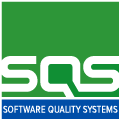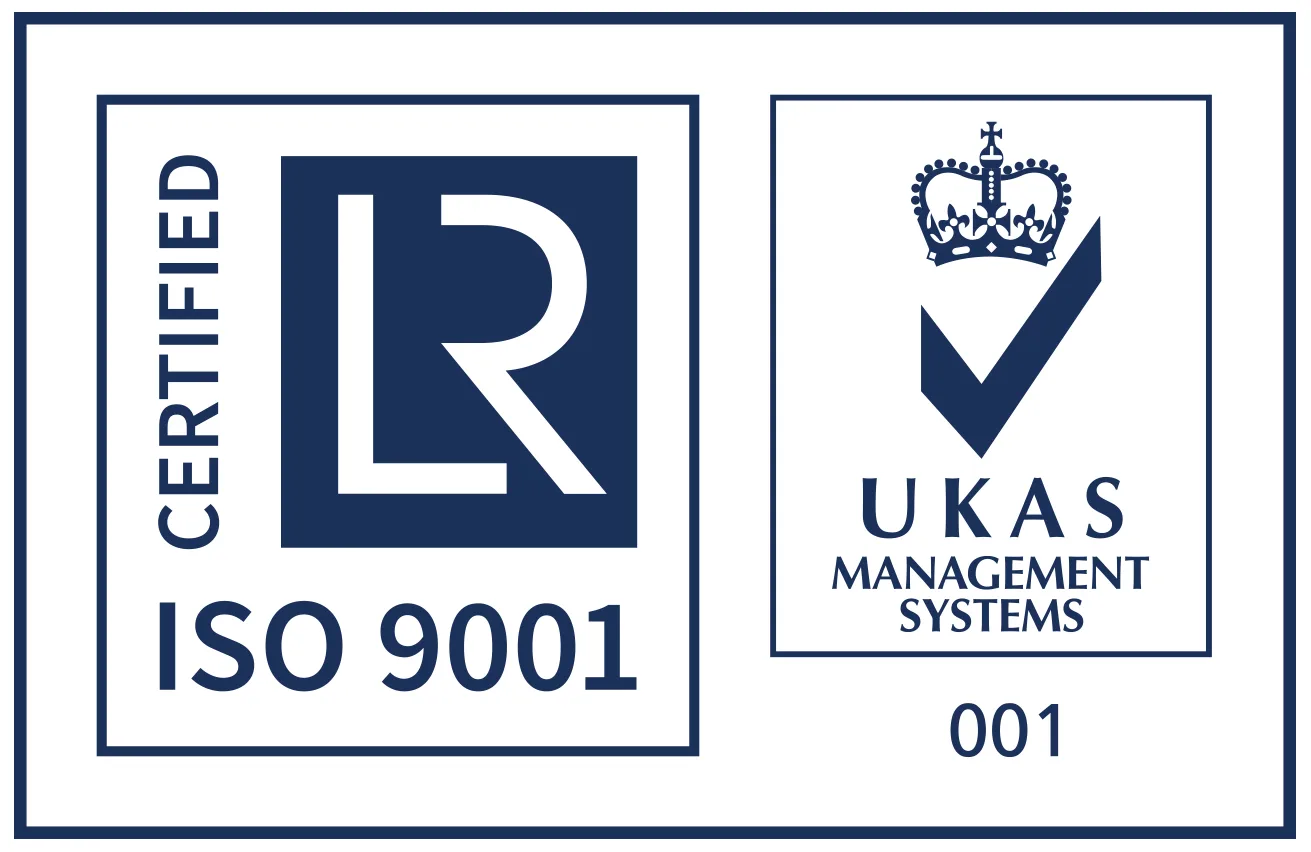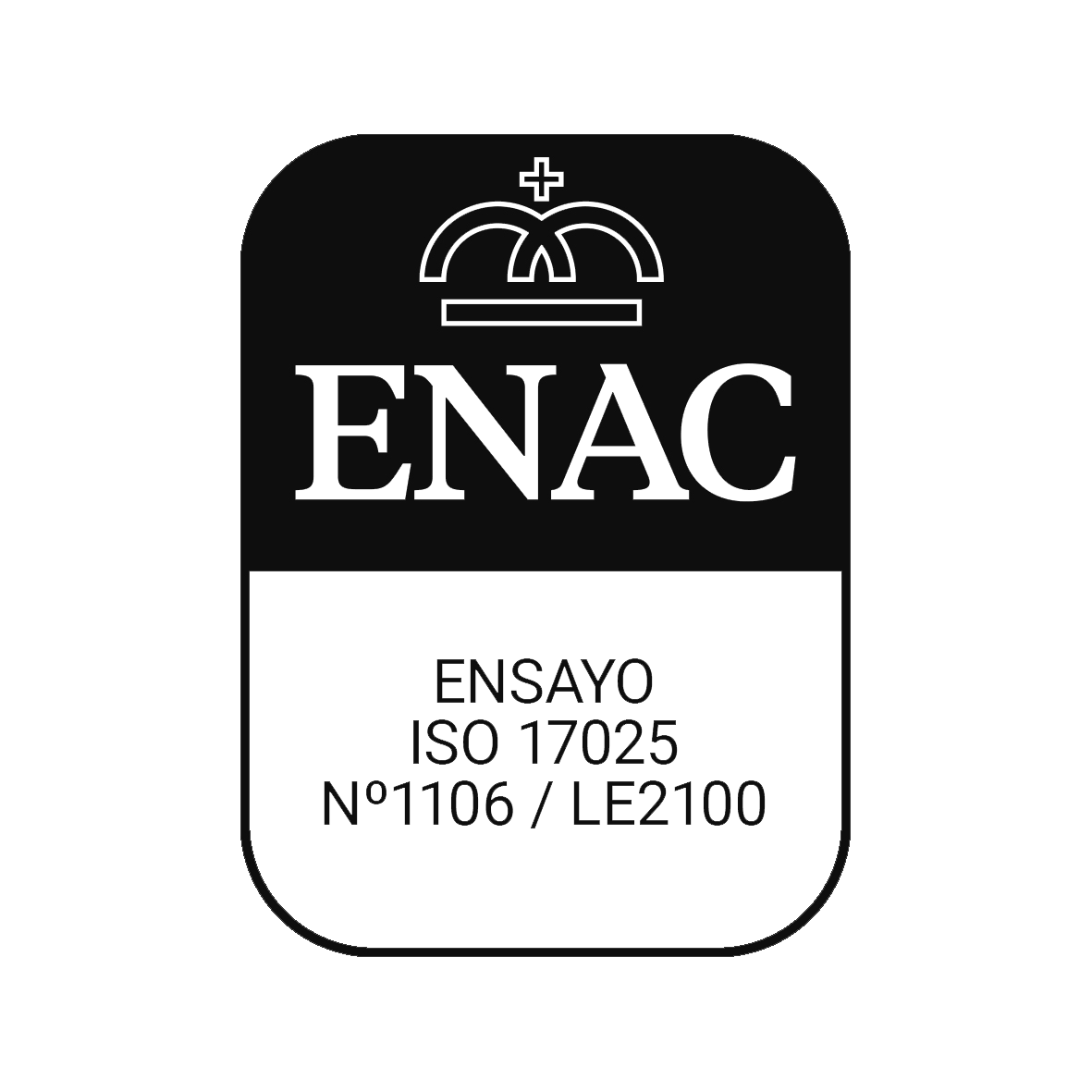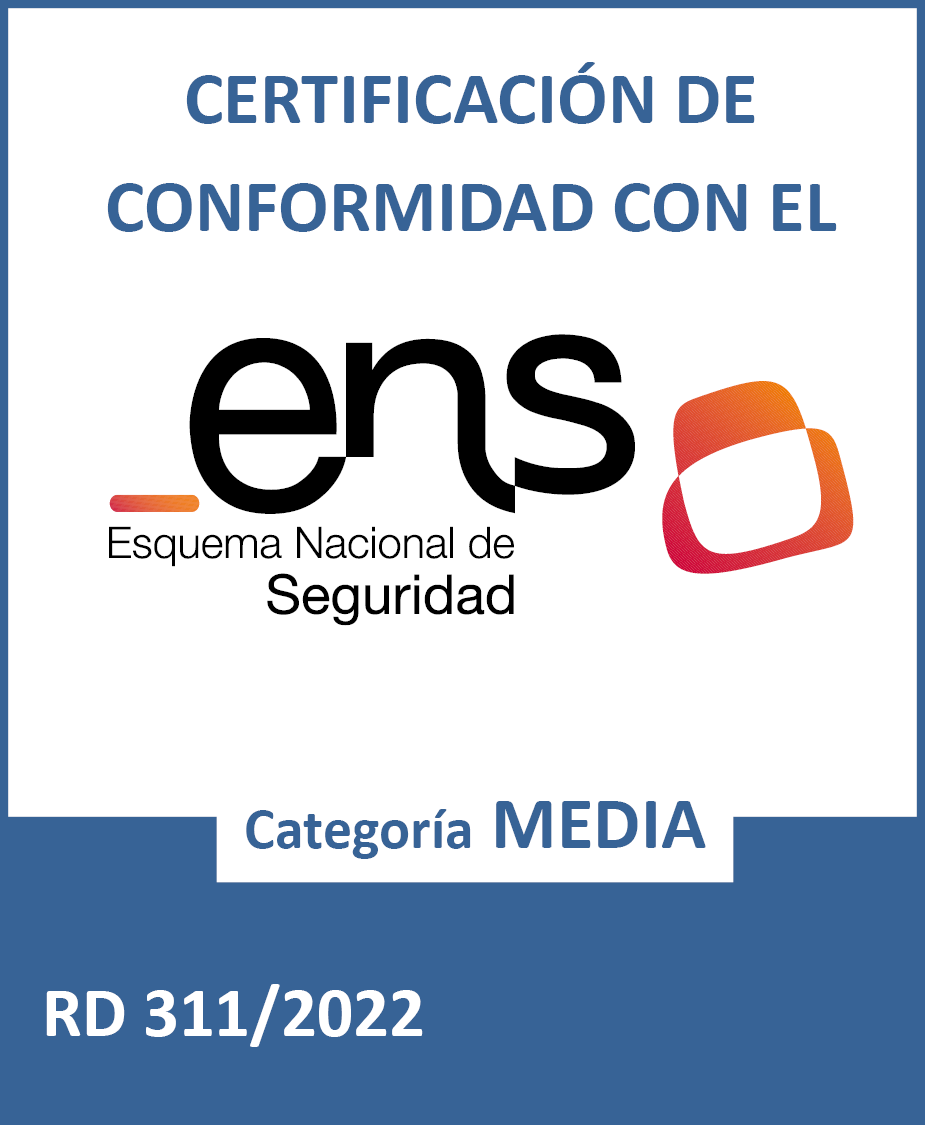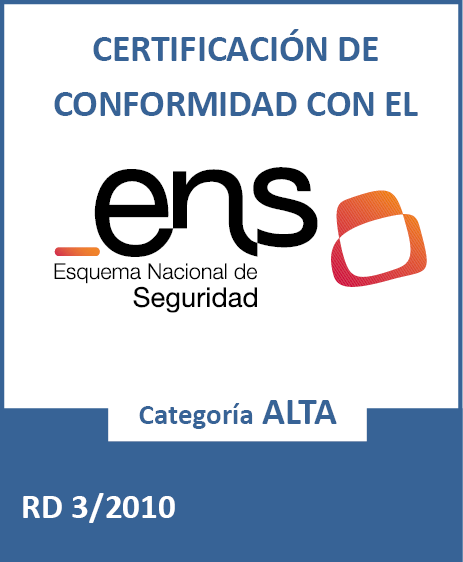Railway Software Verification and Validation
Ensuring the quality, reliability and regulatory compliance of safety-critical railway systems.
Railway software verification and validation (V&V) are essential processes to ensure the quality, reliability and safety of railway systems.
The combination of both ensures that the software is robust, functional and compliant with international standards before implementation or commissioning.
Validation Activities:
Validation focuses on confirming that the developed software meets the needs and expectations of the end user, ensuring correct operation in the real environment.
Main validation activities:
-
-
-
-
Functional testing: Comprehensive evaluation of functionality, usability and performance.
-
Requirements validation: Ensures that requirements are clear, traceable and aligned with customer objectives.
-
Regulatory compliance: Confirms adherence to railway sector standards and regulations.
-
Documentation validation: Reviews manuals, specifications and technical evidence to ensure accuracy and up-to-date information.
-
-
-
Verfication Activities
Verification checks that each stage of development—from design to coding—has been carried out correctly and in compliance with applicable standards.
Its purpose is to detect errors early, ensure code consistency, and guarantee the quality of the final product.
Verification activities include:
-
Code review: Analysis of source code according to secure programming guidelines.
-
Unit testing: Identification of defects within individual modules or components.
-
Integration testing: Validation of interactions between subsystems.
-
Static analysis: Detection of errors without executing the software.
-
Design verification: Review of software architecture and structure to ensure integrity.
CENELEC Standards
At SQS, we have extensive expertise in CENELEC standards (EN 50126, EN 50128, EN 50129), which are essential for European railway safety.
-
EN 50126: Defines how to specify and demonstrate system reliability, availability, maintainability and safety (RAMS), including risk management.
-
EN 50128: Regulates the safe development of railway software, including planning, requirements, design, testing and validation.
-
EN 50129: Describes the processes to ensure hardware reliability and safety in safety-critical railway applications.
These standards integrate the RAMS philosophy (Reliability, Availability, Maintainability & Safety) throughout the system lifecycle, ensuring optimal performance, safety and compliance.
SQS Commitment
At SQS, we help railway companies improve their software development processes, strictly complying with CENELEC standards and other international frameworks such as:
-
ISO 9001:2015 – Quality management systems.
-
ISO 14001:2015 – Environmental management.
-
UNE-ISO/IEC 20000-1:2018 – IT service management.
-
ISO/IEC 27001:2013 – Information security.
-
UNE-EN ISO/IEC 17025:2017 – Laboratory competence.
-
ENS (Medium and High levels) – National Security Framework (Spain).
Service Benefits
-
-
Full compliance with CENELEC and IEC 61508 standards.
-
Improved process quality, consistency and traceability.
-
Reduced operational risks and failures.
-
Easier audits and certification readiness.
-
Enhanced software safety and reliability for railway applications.
-
Conclusion
Railway software verification and validation are crucial for maintaining safety, reliability and compliance in critical railway systems.
With its proven expertise, SQS supports organisations in strengthening their development processes and achieving excellence under international standards.
If you would like to know more about our railway software verification and validation services, or need support aligning with CENELEC and RAMS standards, our experts are here to help.
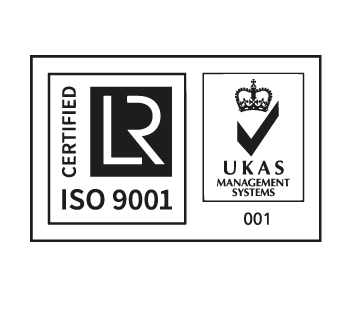
ISO 9001
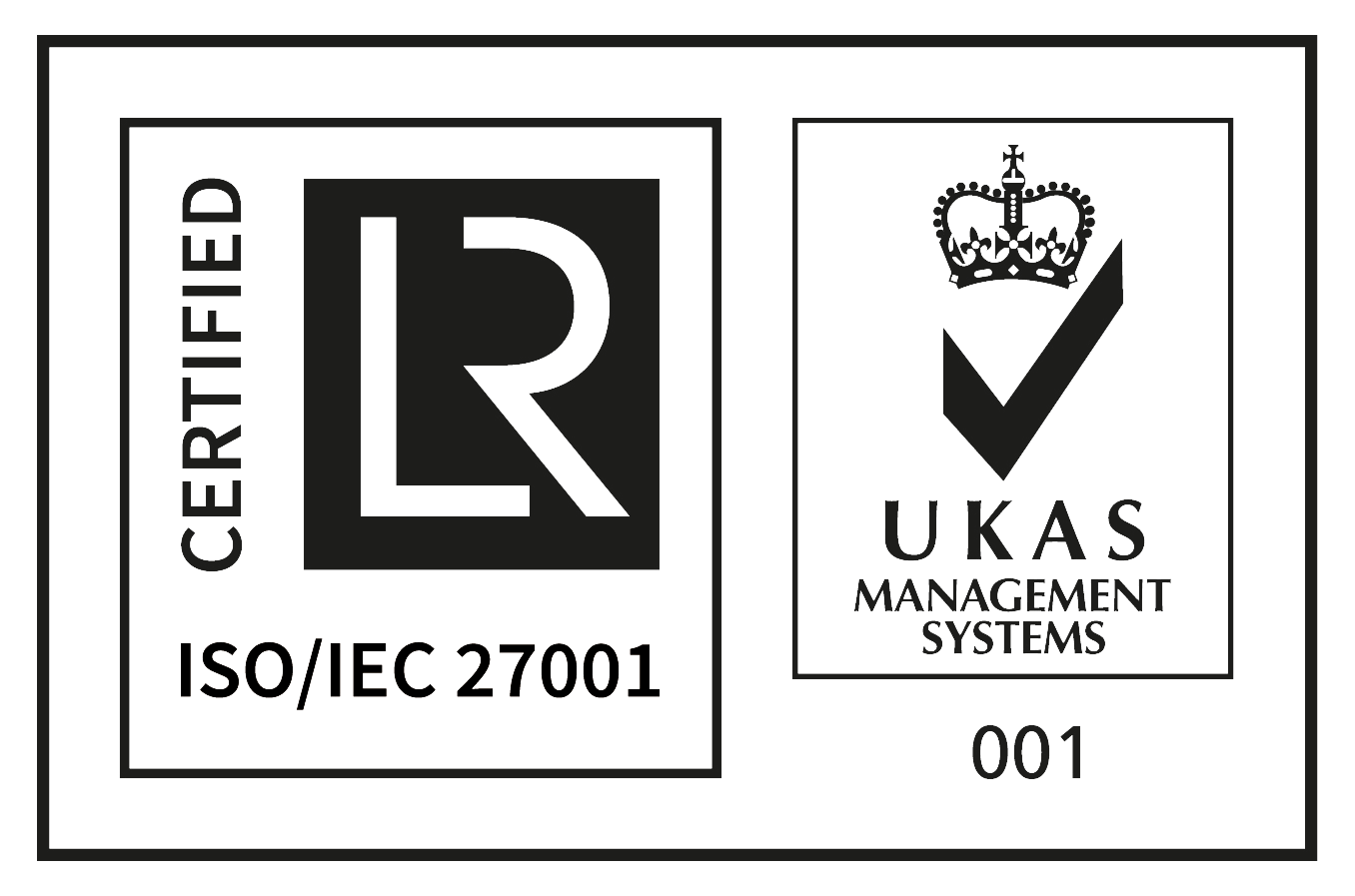
ISO/IEC 27001
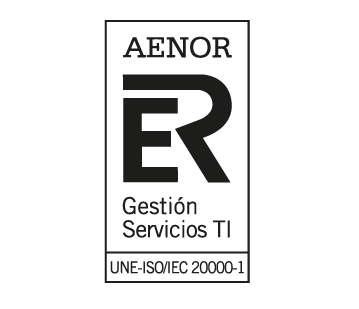
ISO 20000
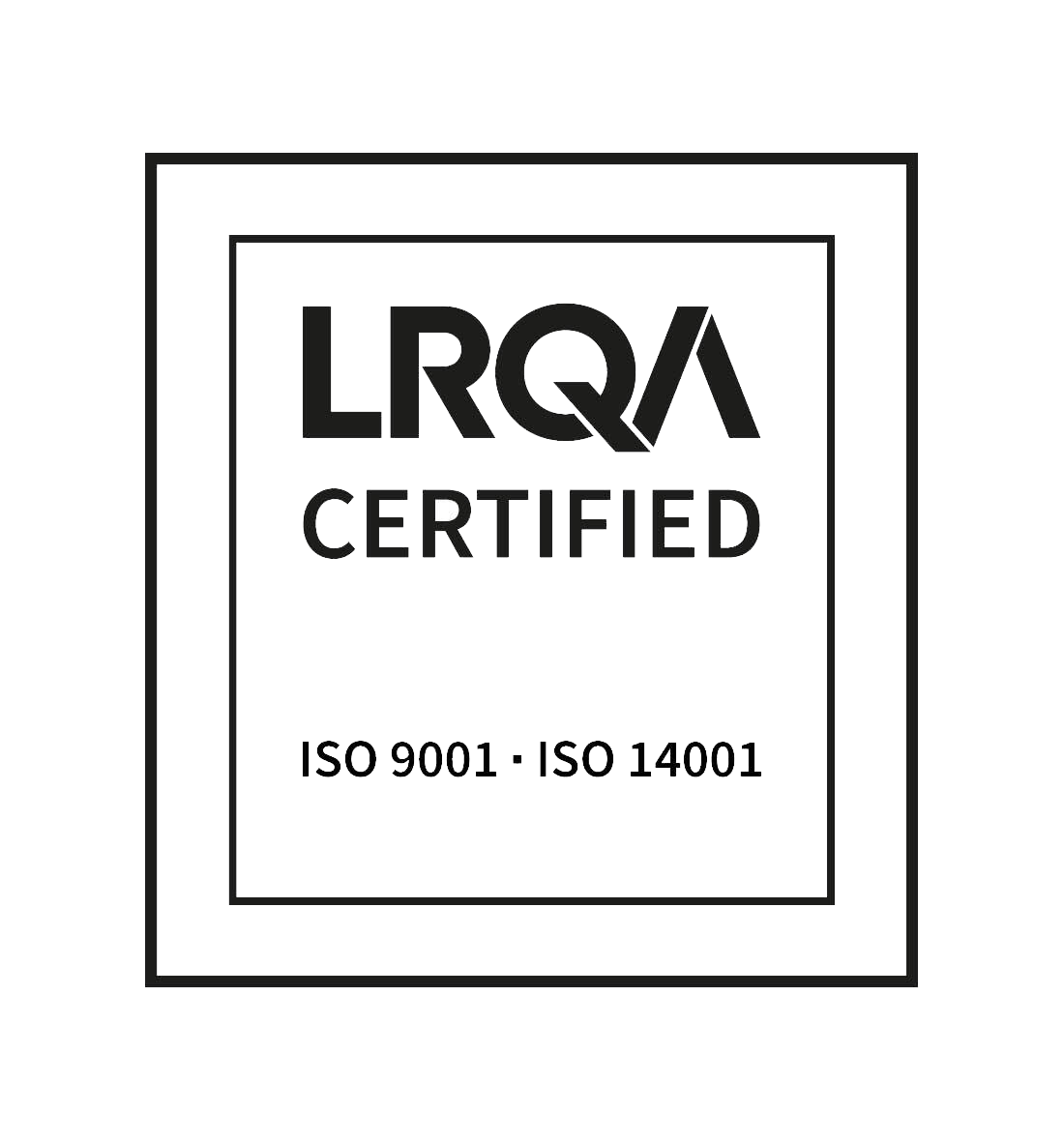
ISO 14001
Follow us
Disclaimer | Cookies Policy | Contact
© 2025 Software Quality Systems S.A. | SQS is a member company of Innovalia
